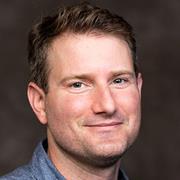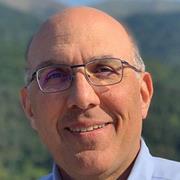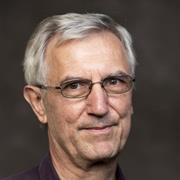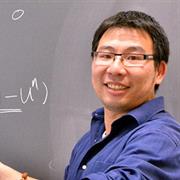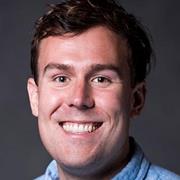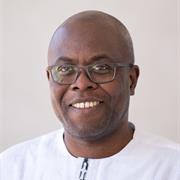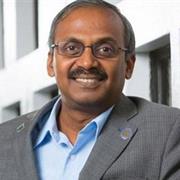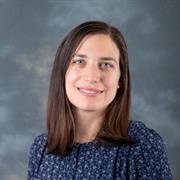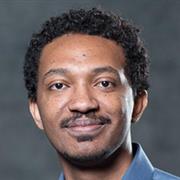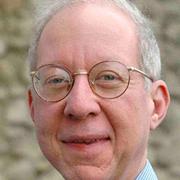Computational and Applied Mathematics
Our faculty in this area work on a number of themes, including Numerical Analysis, Inverse Problems, Computational Science and Engineering, and the application of mathematical and computational tools to problems in Biology and Medicine. Research in these directions actively involves faculty as well as graduate and undergraduate students, with regular informal meetings and seminars and the Schlumberger-Tufts Computational and Applied Mathematics Seminar. Our work is highly interdisciplinary, with collaborations within the broader Tufts community, the many universities in the Boston area, and worldwide.
James Adler's expertise is in the study of complex fluids, including computational plasma physics and magnetohydrodynamics. Bruce Boghosian's work currently focuses on wealth inequality. Christoph Börgers' research interests include anomalous diffusion processes and differential equations describing nerve cells and neuronal networks. Misha Kilmer's work is in the area of numerical linear algebra and inverse problems, as well as in multilinear algebra. Xiaozhe Hu focuses on adaptive, parallel, and multilevel methods for partial differential equations and graph problems such as multiphase flow in porous media and magnetohydrodynamics. Todd Quinto uses microlocal analysis to understand inverse problems and develop and improve his tomography algorithms. James Murphy leverages methods of applied harmonic analysis, machine learning, and nonparametric statistics to develop new algorithms and analyze large, high-dimensional datasets. Our graduate students are closely involved in all aspects of this research.
